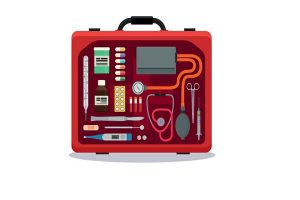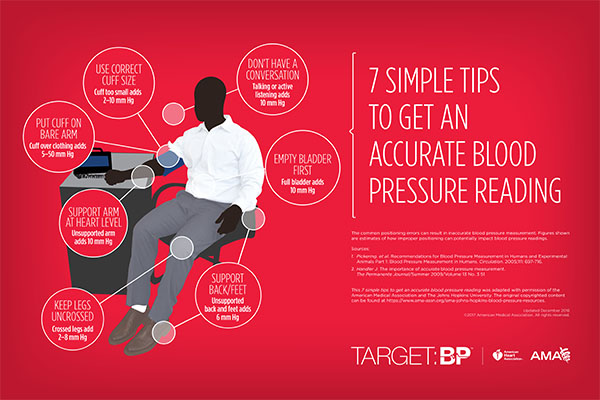Build a home health kit
 This winter, more than ever, preparation is key! Create a home health kit to get the most out of a phone or video visit with your doctor. With just a few items, you can check your vital signs. This important data helps your provider make good clinical decisions. We recommend these items—and extra batteries!
This winter, more than ever, preparation is key! Create a home health kit to get the most out of a phone or video visit with your doctor. With just a few items, you can check your vital signs. This important data helps your provider make good clinical decisions. We recommend these items—and extra batteries!
- Thermometer. Look for a digital model that goes in the mouth. These are more accurate than those placed on the skin. Be sure to read the directions.
- Oxygen saturation/pulse monitor. You can have alarmingly low oxygen saturation and not feel it! Slip your finger in this small device for a quick reading. This is a key evaluation tool for respiratory illnesses like COVID-19. (Also called a pulse oximeter.)
- Blood pressure cuff. Get a cuff for the upper arm. Look for an easy-to-read display. For an accurate reading, you must precisely follow all instructions.
- Scale. No fancy features needed: just one that can measure your weight.
Plus, a few essentials to help you feel better:
- Tylenol. Unlike ibuprofen or Aleve, Tylenol doesn’t cause GI upset or bleeding, and it’s OK for those 65+. Choose Extra Strength/500 mg. If you are allergic to Tylenol or have liver disease, talk with your provider before taking Tylenol.
- Nasal rinse. Irrigating the nasal passages helps to relieve congestion. You’ll need a neti pot or a special squeeze bottle, distilled water and a saline mix. Buy saline packets at drug stores, or make your own solution: 8 ounces of distilled water + 1/4 teaspoon non-iodized salt + 1/4 teaspoon baking soda. Distilled or boiled (and then cooled) tap water prevent infections that can occur with other sources of water. Rinse bottle/neti after each use with sterile water and air dry.
Don’t delay! Some items may be on back order.
7 Simple Tips to Get an Accurate Blood Pressure Reading
USE CORRECT CUFF SIZE
Cuff too small adds 2–10 mm Hg
PUT CUFF ON BARE ARM
Cuff over clothing adds 5–50 mm Hg
DON’T HAVE A CONVERSATION
Talking or active listening adds 10 mm Hg
EMPTY BLADDER FIRST
Full bladder adds 10 mm Hg
SUPPORT BACK/FEET
Unsupported back and feet adds 6 mm Hg
KEEP LEGS UNCROSSED
Crossed legs add 2–8 mm Hg
SUPPORT ARM AT HEART LEVEL
Unsupported arm adds 10 mm Hg


